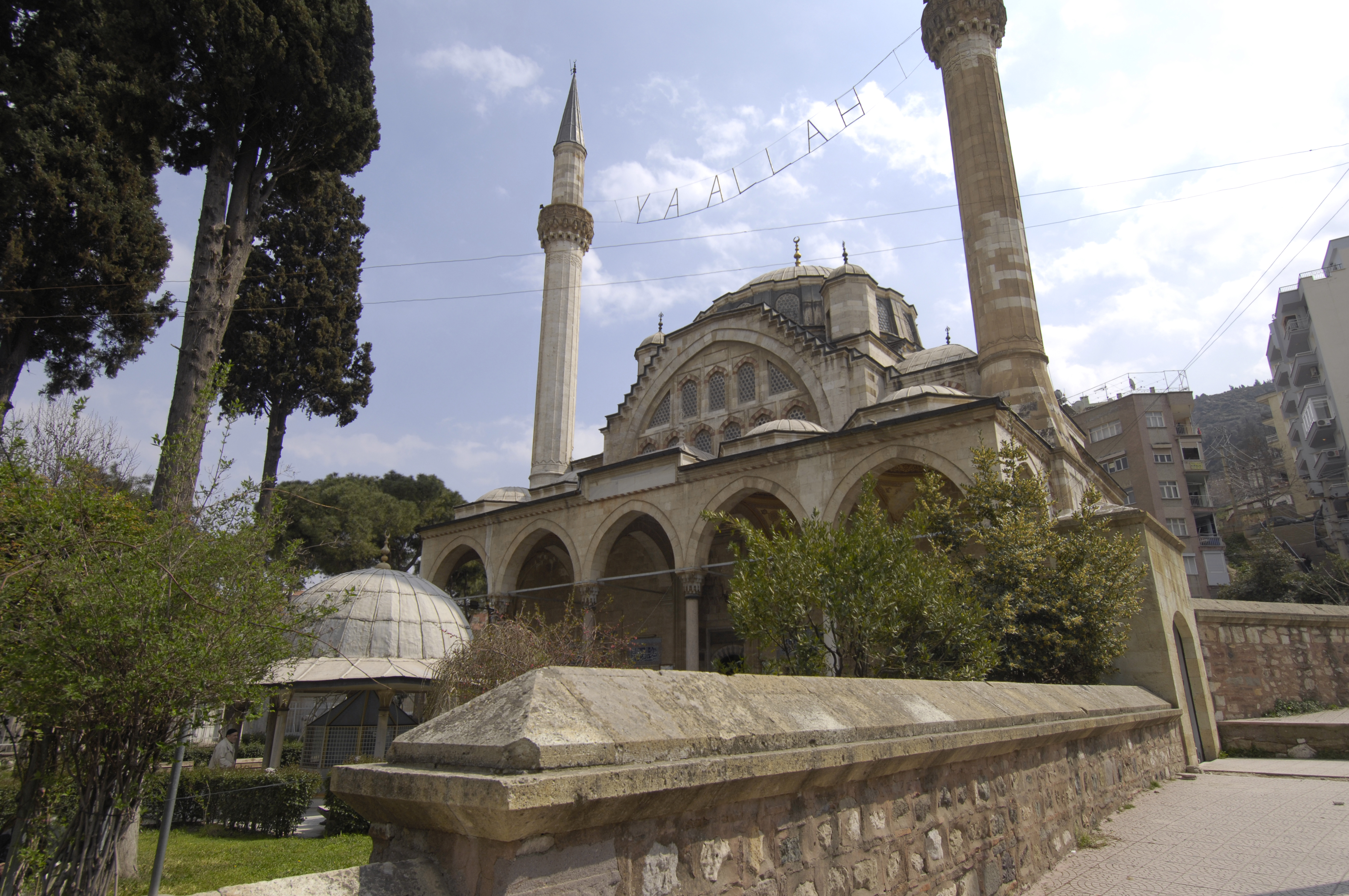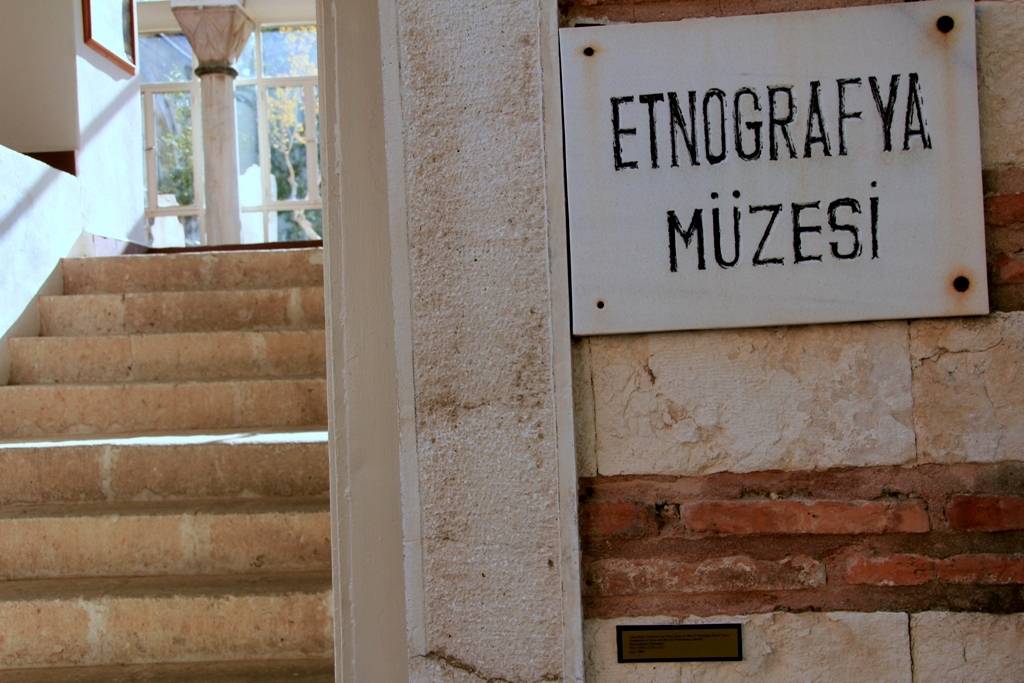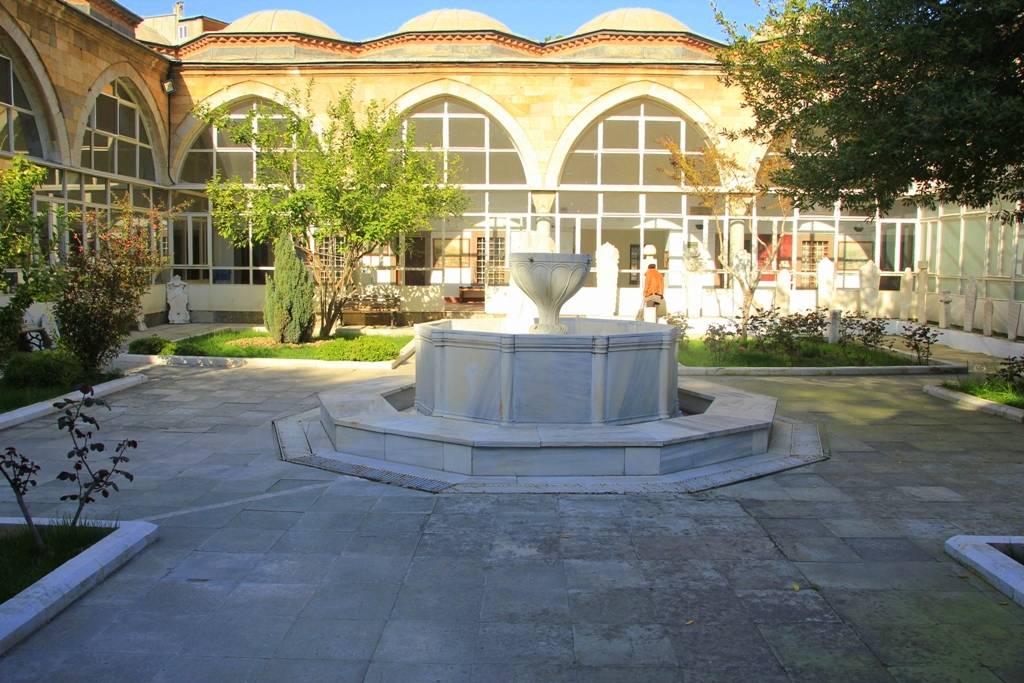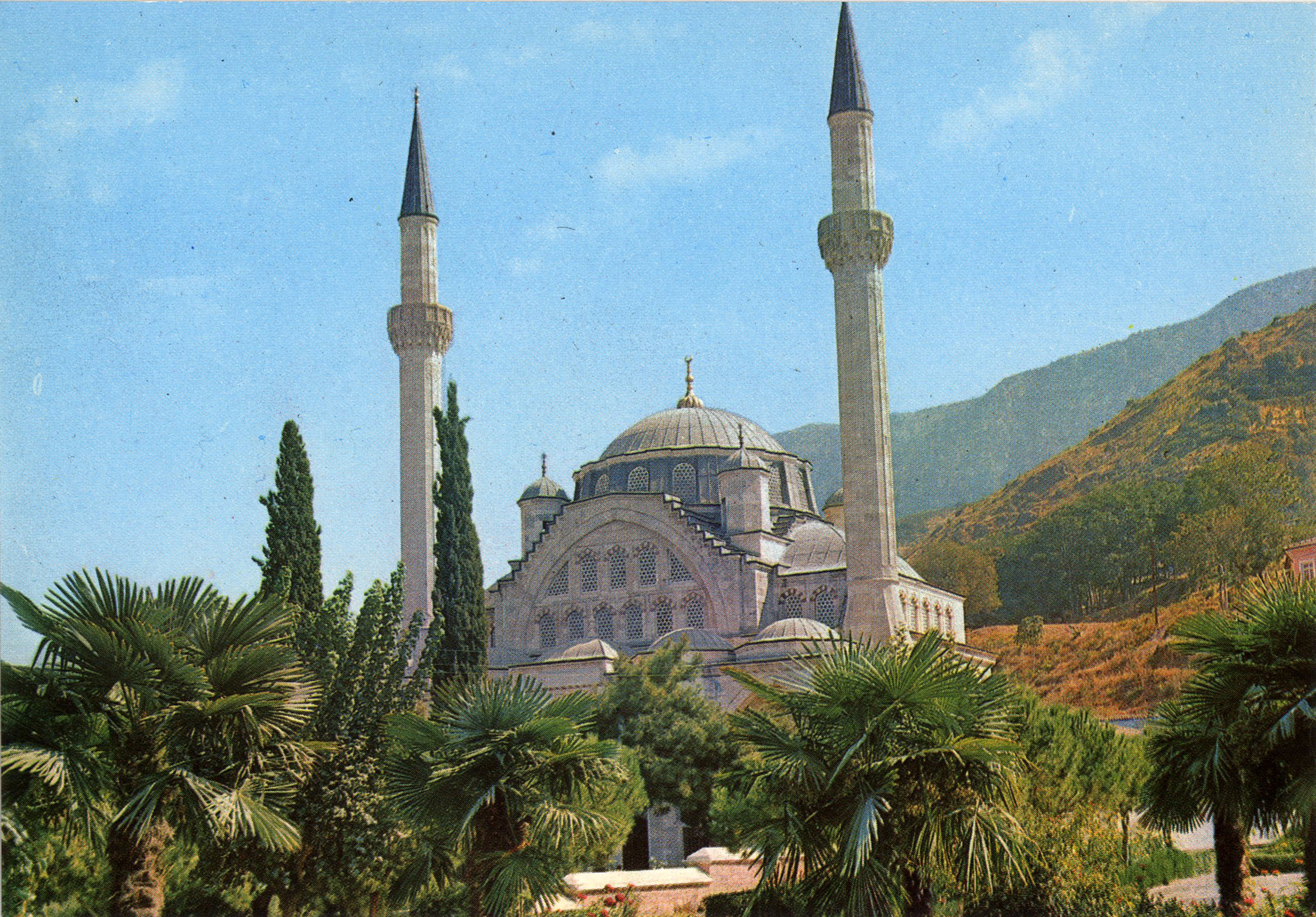Where in Manisa can you most clearly hear the whispers of history? In this ancient land that raised princes and birthed sultans, are you searching for that special place that will transport you from the present to the past while soothing your soul? Then you've come to the right place. In the heart of Manisa, an Ottoman jewel that defies time awaits you. If you're trying to map out your route for your Manisa trip, a list of things to do at the Muradiye Mosque and Complex promises both spiritual peace and an artistic feast.
This isn't just a mosque; it's a living piece of history, complete with a madrasa, a soup kitchen, and surrounding shops. A gift from Sultan Murad III to the lands where he was born as a prince, this complex invites you into the magnificent world of the 16th century. In this article, you will get lost in the elegant architecture of the mosque bearing the genius of Mimar Sinan, discover the treasures hidden within the walls of the complex's museum, and find tranquility in the shade of ancient plane trees in its courtyard. If you're ready, let's embark on a journey to the heart of the City of Princes.
Examine the elegant architecture of the Muradiye Mosque, a work of Mimar Sinan

Before you step into the Muradiye Mosque, take a moment to pause and breathe, because the structure before you is no ordinary place of worship. This is the only known work in the Aegean Region by the giant of architectural history, Mimar Sinan. This fact alone is enough to make the building unique. The great Sinan drew up the plans in his later years and entrusted his legacy to his most trusted foremen, Mimar Mahmud Ağa, and after his death, to Mimar Mehmet Ağa, who would go on to build the Sultan Ahmed Mosque. So, what you see here is not just the genius of one master, but also the craftsmanship of great artists who followed in his footsteps.
From the outside, the first thing that greets you is the noble and solid stance provided by the cut stone masonry. As one of the most elegant examples of classical Ottoman architecture, the mosque presents a balanced silhouette with its two graceful minarets, each with a single balcony, reaching for the sky. The five-sectioned portico, with its six elegant marble columns topped with muqarnas capitals, and the imposing main entrance arch introduce you to the structure's grandeur before you even enter. This facade seems to whisper of its kinship with Sinan's other works in Istanbul, like the Mihrimah Sultan Mosque.
When you step inside through the magnificent double-winged door, adorned with ivory, mother-of-pearl, and tortoiseshell inlays, a completely different world welcomes you. You don't feel crushed under the massive 10.8-meter diameter main dome; instead, you are filled with a sense of spaciousness and light. The light filtering through the 18 windows at the base of the dome bathes the space in an almost sacred atmosphere. Thanks to the Inverted T plan, which carries traces of early Ottoman architecture, the main prayer hall expands to the sides, creating a space that is both integrated and intimate.
However, the true magic of the Muradiye Mosque is hidden in its details. When you turn your gaze to the mihrab wall, you'll feel as if you're in a heavenly garden. This area is adorned with the most precious examples of 16th-century Iznik tilework at its peak, featuring the famous coral red. Tulips, roses, hyacinths, and dagger-like leaves embroidered on a white background seem to breathe life into the walls. The minbar, carved from marble like a piece of lace, is a masterpiece that showcases the pinnacle of Ottoman stone carving. As you look up, you will lose yourself in the elegance of the hand-drawn decorations (kalem işi) that adorn the domes and ceilings. These embellishments are like the final brushstrokes that complete the architectural integrity of the building.
Tour the Manisa Archeology and Ethnography Museum within the Complex

When you step out of the artistic atmosphere of the Muradiye Mosque and into the courtyard, your journey of discovery is just beginning. The complex's Madrasa, once a center of learning, and the Imaret (soup kitchen), which once provided hot meals to those in need, now house the Manisa Archeology and Ethnography Museum. This demonstrates just how versatile Ottoman complexes were; a structure can continue to serve its community even centuries later. In this respect, its story intertwines with those of other historic buildings in the city, such as the Sultan Mosque and Complex.
It's best to be honest here. The Archeology section of the museum, located in the imaret building of the complex, has been closed for a long time due to ongoing restoration work. This might seem like a disappointment at first, but don't let it deter you. This situation presents a wonderful opportunity to focus all your attention on the rich collection of the often-overlooked Ethnography section, located in the madrasa building.
As you enter the small rooms of the madrasa, where students once lived, you will embark on a journey into the recent past of Manisa and its surroundings. Here, you will feel the spirit of the era through displays of local attire and arrangements like the Kula House, which depicts daily life in the past. The Ottoman-era cutting and piercing weapons, handwritten manuscripts from the 17th and 18th centuries, and beautiful tiles displayed in the showcases reveal the region's rich cultural heritage.
Two of the most special pieces that will catch your eye in the museum are the wooden door wings from the minbar of the Manisa Grand Mosque and valuable tiles dating back to the 16th century. These artifacts are concrete proof of how the heritage of different historical structures in the city is preserved under a single roof. In short, although the archeology section remains behind a veil of mystery, the Ethnography Museum opens an invaluable window into the living history of the region.
Relax in the peaceful courtyard of the complex and feel the historical atmosphere

After experiencing the grandeur of the mosque and the richness of the museum, it's time to discover one of the most precious gifts the complex has to offer: tranquility. The spacious courtyard, located right in the middle of the complex, is like a sanctuary that isolates you from the city's noise, a place where time slows down. It is much more than just a transitional space connecting different buildings; it is the beating heart that brings together the spiritual, scholarly, and social functions of the complex.
The octagonal, wooden-roofed shadirvan (ablution fountain) in the center of the courtyard greets you with the soothing sound of water. The arcaded corridors of the surrounding madrasa and imaret lend both order and a deep sense of calm to the space. Take a seat on a bench and just observe your surroundings. Seeing the majestic facade of the mosque, the modest rooms of the madrasa, and the sky in the same frame will make you feel the holistic philosophy with which this collection of buildings was designed.
Another noteworthy structure in this courtyard is the small library building, added in the 19th century by Hüseyin Ağa of the Karaosmanoğulları family. Today, serving as the Mimar Sinan Children's Library, this building is one of the finest proofs that the complex is not a frozen monument but has continued to live and serve the community for centuries. Taking a moment to sit here, to absorb all the beauty you've seen, and to take a break within history will be one of the most unforgettable moments of your visit to the Muradiye Complex.
While You're Here: Other Stops to Discover in Manisa
After completing your tour of the Muradiye Complex, you are in a perfect location to explore the other beauties Manisa has to offer. Here are a few suggestions:
Sultan Mosque and Complex: Very close to the Muradiye, this other 16th-century complex is especially famous for the annual Mesir Paste festival. Comparing the two grand complexes will give you a better understanding of the importance the Ottomans placed on Manisa.
Manisa Castle: Located on a hill overlooking the city and the plain, the castle offers you a completely different historical layer. Watching Manisa and the Muradiye Complex you just visited from the walls of the castle, which bears traces from the Byzantine and Saruhanid periods, is a unique experience.
Weeping Rock (Niobe Rock): If you want to delve into mythology, the Weeping Rock at the foot of Mount Spil awaits you. Listening to the sad legend of Niobe, who lost her 12 children due to her pride and was turned to stone from grief, will add a different dimension to your trip.
To discover all these beauties and more that Manisa has to offer, don't forget to check out our Places to Visit in Manisa article.
Frequently Asked Questions (FAQ)
1. What are the entrance fees and visiting hours for the Muradiye Complex?
Information on the internet about this can be confusing. We can summarize the most current and accurate information as follows:
| Section | Status | Entrance Fee | Visiting Hours | Notes |
|---|---|---|---|---|
| Muradiye Mosque | Open to Visitors | Free | Can be visited outside of prayer times. | Respectful attire is required. |
| Museum (Ethnography) | Open to Visitors | May vary. (Museum Pass is generally valid) | Usually 08:30-17:00, closed on Mondays. | It is recommended to call +90 236 231 10 71 before your visit for the most up-to-date information. |
| Museum (Archeology) | Closed (Under Restoration) | - | - | Not open to visitors. |
2. How should I dress for a mosque visit?
As the Muradiye Mosque is an active place of worship, it is important to adhere to respectful dress codes. Female visitors are expected to wear loose-fitting clothes that cover their shoulders, arms, and legs, and to cover their heads with a scarf. Male visitors should wear pants and shirts that cover their shoulders and knees; shorts are not permitted. Shoes are removed before entering the mosque.
3. Is photography allowed inside the complex?
Generally, photography is permitted inside the mosque without flash and without disturbing those who are praying. The rules may differ in the museum section; photography may be prohibited in some areas. It is best to ask the staff at the entrance to be sure.
Bibliography: For more academic information about the history and architectural details of the Muradiye Complex, you can review the Culture Portal page of the T.R. Ministry of Culture and Tourism.


 English
English Türkçe
Türkçe